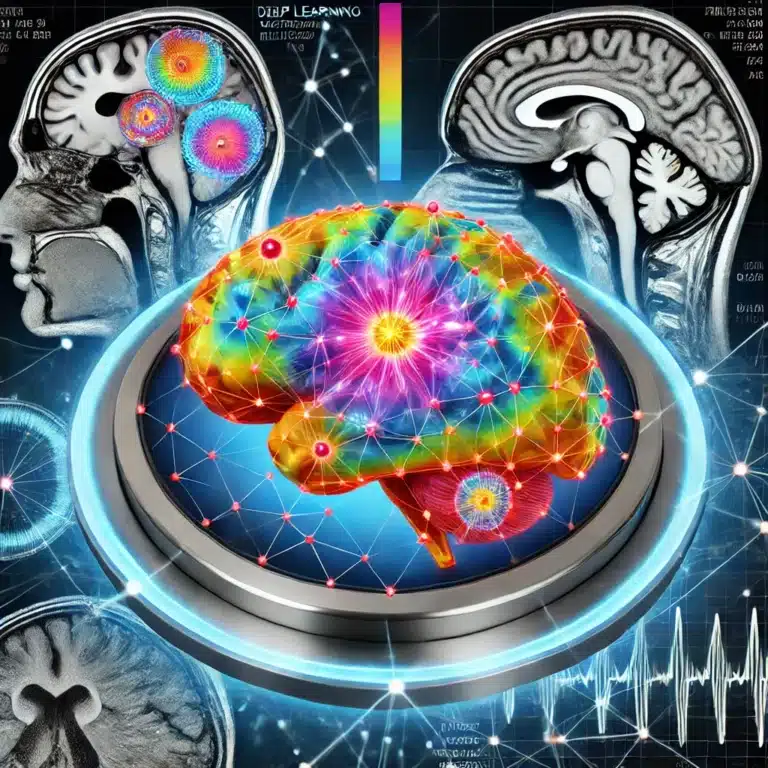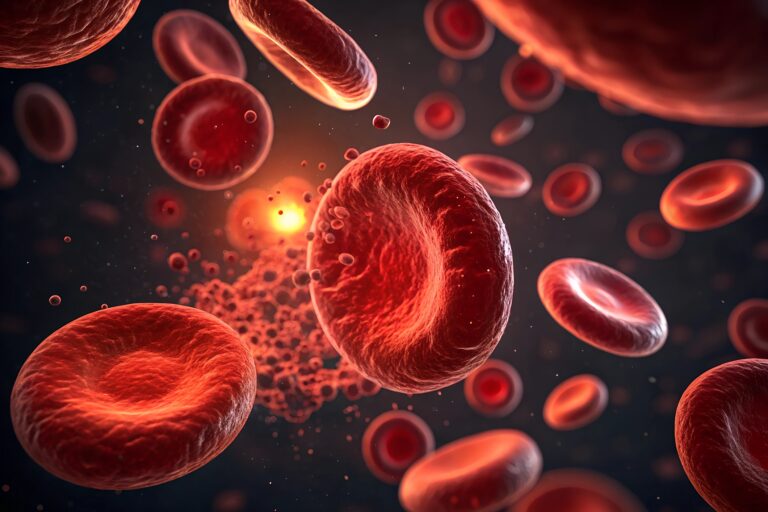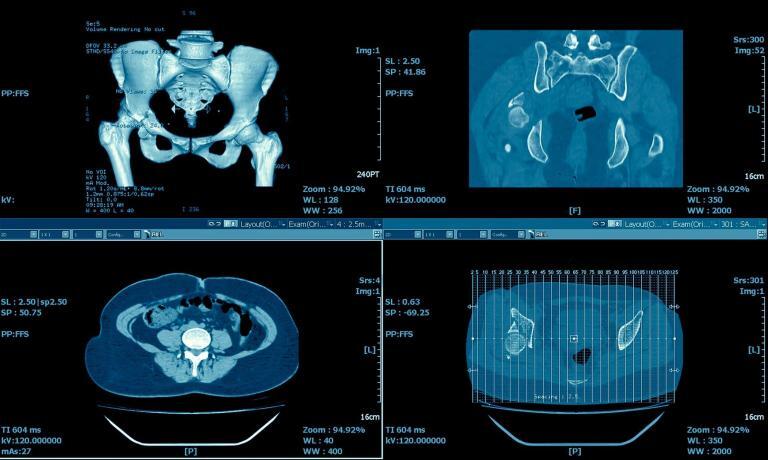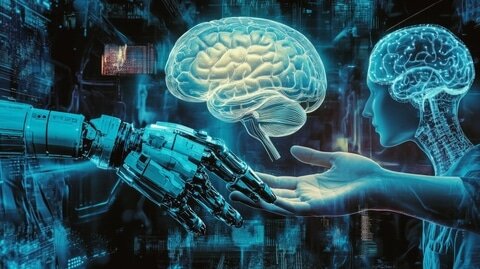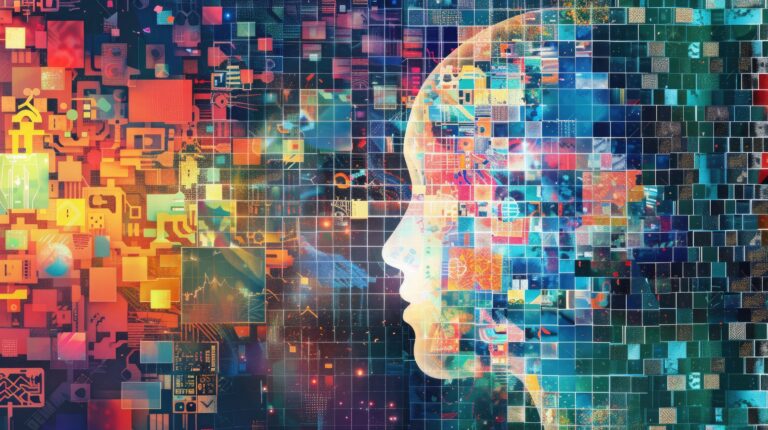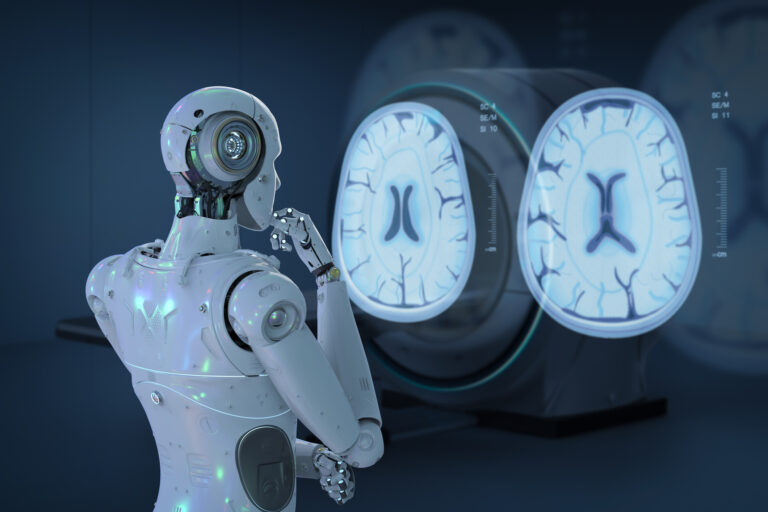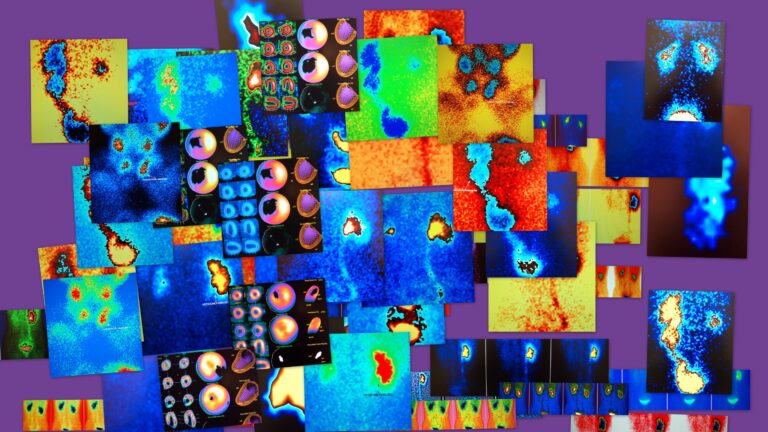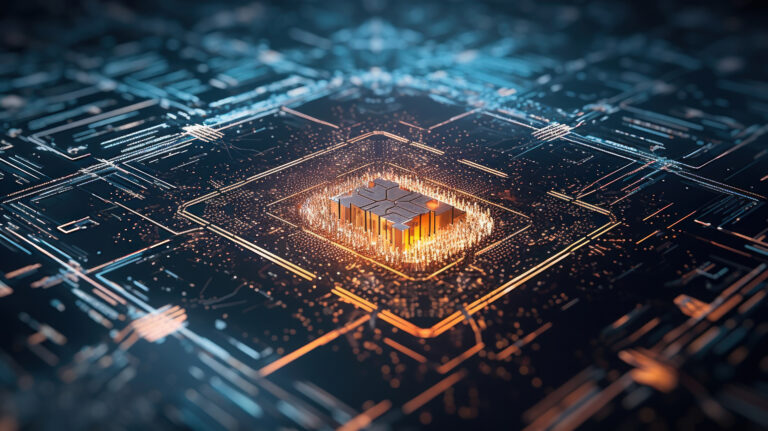Artificial Neural Networks
Artificial Neural Networks (ANNs) are a fundamental component of artificial intelligence and machine learning, revolutionising how we approach data analysis and problem-solving. Inspired by the human brain, these ‘neural’ systems simulate humans’ learning process by using interconnected artificial neurons or perceptrons. ANNs consist of input, output, and hidden layers, with the latter containing units that transform the input data into a format the output layer can utilise.
ANNs excel at identifying complex patterns and relationships within data, which can be challenging for human programmers to discern and manually teach machines. As a result, these networks have proven invaluable across various domains, from image and speech recognition to natural language processing and predictive analytics.
One critical technique in neural networks is backpropagation, which enables adjustments to the hidden layers of neurons. The backpropagation function calculates the gradient of the loss function concerning each weight by utilising the chain rule, computing the gradient one layer at a time. This process iteratively refines the weights and biases, ultimately minimising the network output error.
In recent years, deep learning has emerged as a groundbreaking advancement in artificial neural networks. Deep learning leverages multilayer networks, with each layer extracting different features from the input data. As information passes through these layers, the network becomes increasingly adept at recognising patterns, ultimately enabling it to identify the target element. As a result, deep learning techniques have significantly improved applications, including computer vision, speech synthesis, and natural language understanding.
Deep learning neural networks typically comprise multiple interconnected layers, such as convolutional, pooling, and fully connected layers. Convolutional layers are specifically designed to detect spatial patterns within the input data, making them ideal for image recognition tasks. Pooling layers, on the other hand, help reduce the spatial dimensions of the data, thus decreasing computational complexity. Finally, fully connected layers combine the features extracted by previous layers to generate the final output.
You are here:
home » artificial neural networks







